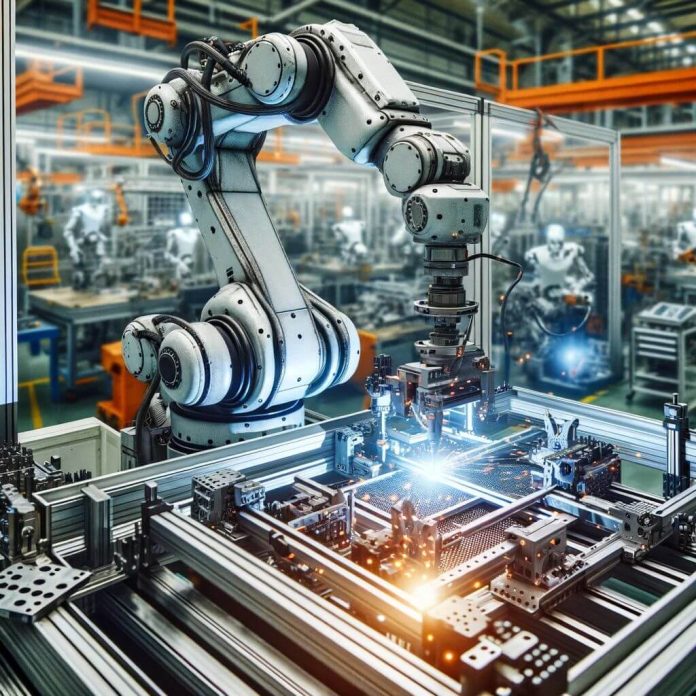To be successful in using robotics effectively, you need to plan the goal, scope, and human-robot collaboration well. Here are the main methods:
- Design robots for specific tasks
Focus robots on a specific task.
Example: Factory welding robot, warehouse sorting robot.
Result: increased efficiency, reduced errors.
- Human-Robot Collaboration (HR Collaboration)
Configure robots to work alongside humans.
Humans do creative decision-making, while robots handle repetitive or dangerous tasks.
Example: Surgical robots assist surgeons.
- AI and Machine Learning integration
Robots can make data-driven decisions through AI integration.
Result: autonomous operation, performance improvement over time.
- Regular Maintenance and Updates
To increase the efficiency of robots, software updates, calibration, and preventive maintenance are required.
Prevent breakdowns, extend lifespan.
- Training and User Awareness
Robot usage becomes safe, efficient, and productive when employees and operators receive proper training.
Reduce human error, system optimization.
- Scalability and Flexibility
When designing robots, consider future scaling and multi-tasking capabilities.
Examples: Modular robots, reconfigurable industrial robots.
- Data Collection and Performance Monitoring
Collect data from robot operations and analyze performance metrics.
Improve productivity, fix errors, optimize processes.
